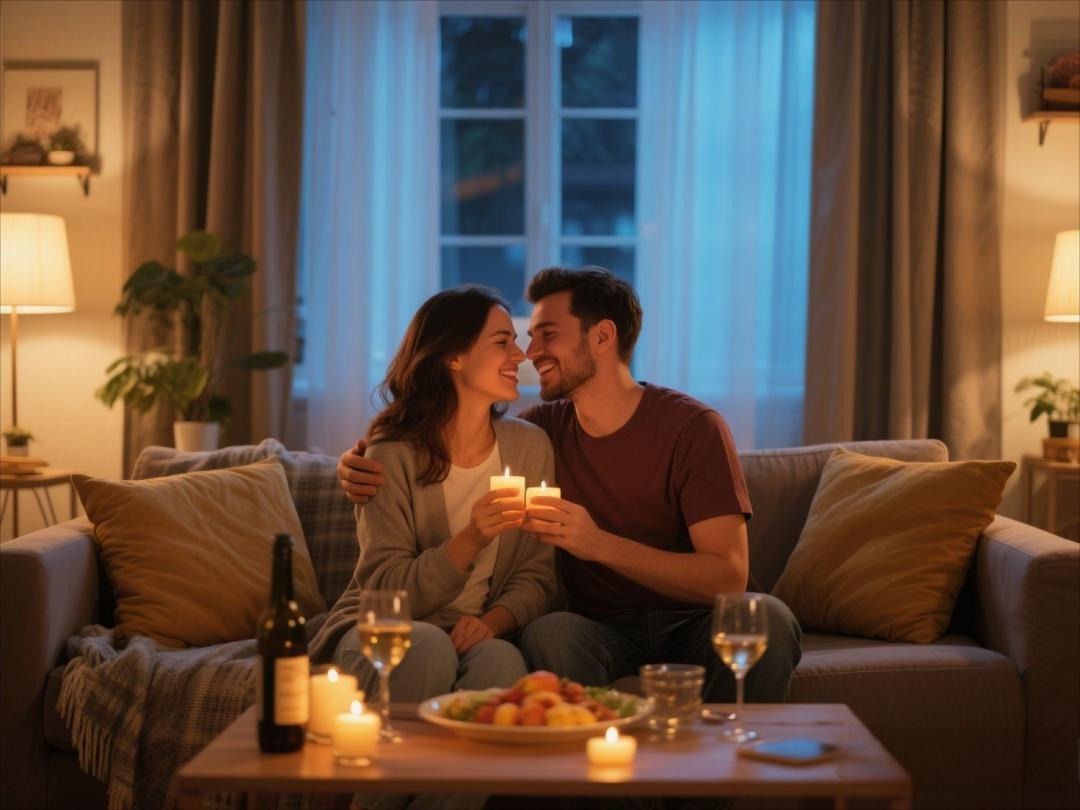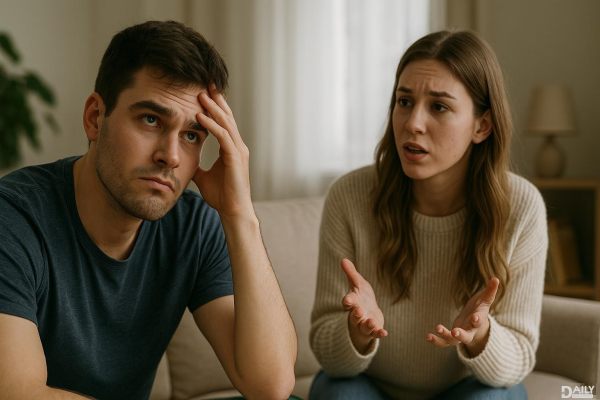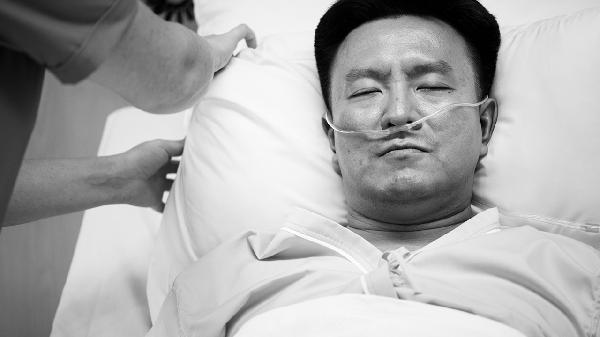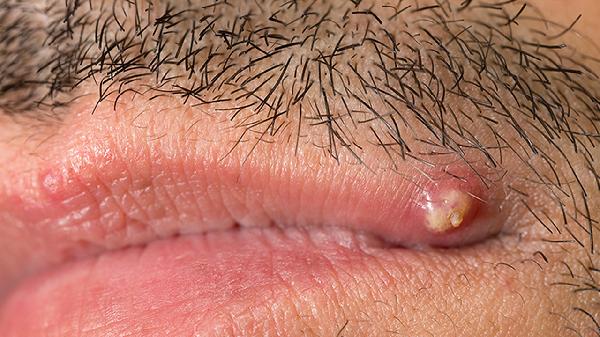Fall fever is real, and no, we're not just talking about pumpkin spice lattes and cozy sweaters. Autumn cranks up the heat in more ways than one—hormonally, socially, and even biologically. The crisp air and shorter days do something wild to our bodies and brains, making this season the sneaky peak of human attraction. So if you’ve ever wondered why your dating app matches spike between September and November, science has your back.
The Science Behind Seasonal Attraction
Blame it on biology. As daylight dwindles, our bodies respond by tweaking hormone levels—specifically, testosterone and serotonin. Studies show men produce more testosterone in autumn, dialing up libido and confidence. Meanwhile, serotonin (the "feel-good" chemical) dips slightly, mimicking the emotional vulnerability of early-stage romance. Translation? We’re primed to seek connection. Even ovulation patterns shift subtly; some research suggests women’s cycles sync with seasonal light changes, making fall a fertility sweet spot. And let’s not forget the primal appeal of "cuffing season"—the subconscious urge to pair up before winter hits.
Why Your Brain Thinks Sweater Weather is Sexy
Cooler temps do more than justify flannel shirts. Cold weather triggers vasoconstriction (narrowing blood vessels to conserve heat), which can lead to flushed cheeks and a natural "post-workout glow." Plus, layered clothing creates intrigue—the mind loves a little mystery. Psychologists call this the "arousal-transfer effect": when external stimuli (like brisk air) heighten physiological responses, we misattribute that buzz to attraction. Ever felt sparks on a hayride? Thank your confused nervous system. Even scent plays a role; earthy autumn aromas (think bonfires, cinnamon) activate the limbic system, the brain’s emotional command center.
Social Spice: How Fall Activities Fuel Flirting
Autumn is basically nature’s wingman. From apple-picking to haunted houses, seasonal activities are low-key designed to break the touch barrier. Competitive corn mazes? A sneaky way to grab someone’s hand "for balance." Sharing a blanket at a football game? Textbook proximity play. These settings also encourage nostalgia, which bonds people faster than small talk. And let’s be real—nothing accelerates intimacy like mutual pumpkin-carving disasters. Even the food leans romantic; dark chocolate, red wine, and hearty stews contain phenylethylamine, a compound that mimics the rush of new love.
The Holiday Halo Effect
Thanksgiving through New Year’s is a social marathon, and all that togetherness has side effects. Family gatherings subconsciously pressure singles to "bring someone home," while holiday parties force mingling (hello, mistletoe leverage). Gift-giving also triggers dopamine—exchanging presents with a crush creates a feedback loop of positive association. And culturally, autumn marks a "fresh start" post-summer, lowering inhibitions. Ever noticed how people confess feelings over spiked cider? Seasonal optimism lowers emotional guards.
So if autumn has you feeling extra flirty, lean in. Your body’s operating on centuries of evolutionary programming, your brain’s drunk on cinnamon-scented nostalgia, and the universe keeps dropping hay bales for you to sit on with cuties. Science says: swipe right while the seasonal serotonin lasts.
























